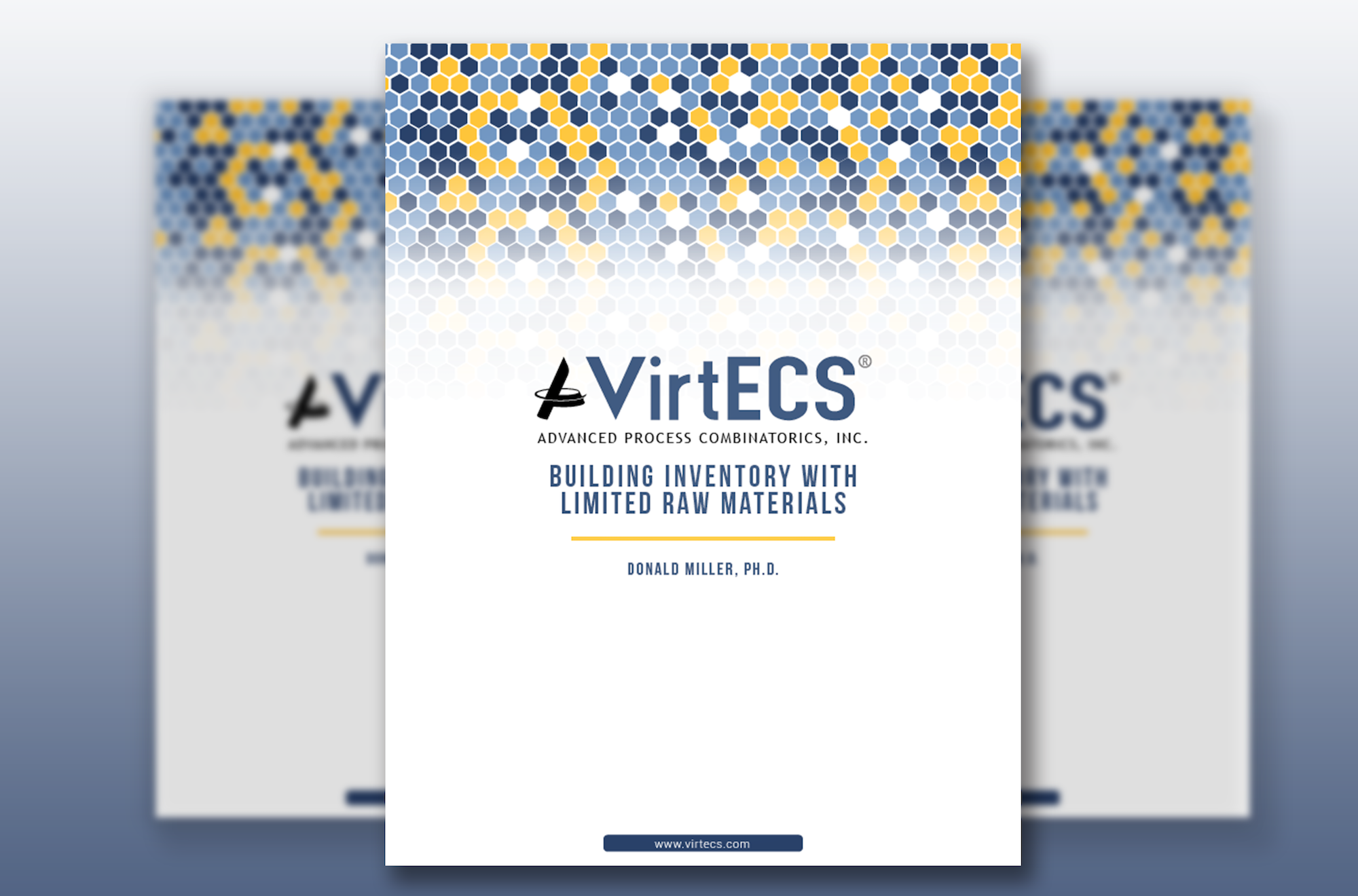For manufacturing organizations, gathering, organizing, and analyzing all the available data about their internal processes is important for many reasons. However, elite companies that want to gain deeper knowledge and implement the most successful strategies have started to look beyond internal data.
Recent reports signal that an increasing number of companies are engaging in external data sharing. According to a recent BCG global survey, nearly 75% of manufacturing managers are considering using external data sharing to improve their operations. In this article, we’ll explain what external data sharing is, the benefits it offers to manufacturers, and some ways to incorporate data sharing into your organization’s processes while still protecting your valuable IP data.
What Is Data Sharing?
Essentially, when businesses engage in external data sharing, it means they join with companies in similar industries or markets to exchange their anonymized data in a protected ecosystem. The goal of data sharing is for each organization to identify trends that could unlock new opportunities for optimization and improvements. Research from McKinsey has shown that external data sharing has become one of the best ways for businesses to improve their existing processes, enter new markets, or develop new competitive advantages.
Though data sharing does require companies to share some of their success with potential competitors, it’s still firmly a worthwhile practice for manufacturers in terms of generating revenue and growth. According to Gartner, organizations that share data externally generate three times more measurable economic benefit than those who do not.
What Are the Risks of External Data Sharing?
While external data sharing offers many strategic benefits, it does also require a high degree of trust between organizations and an extremely secure data sharing network. For many manufacturers, this can be a major barrier to starting a data sharing program. Analysis from Gartner has shown that less than 5% of data sharing programs in 2022 could locate reputable data sources and distinguish between real and falsified data.
Given the current state of cybersecurity, manufacturers can’t afford to make themselves vulnerable to security risks. According to data from Statista, manufacturers were the target of nearly 25% of all cyberattacks worldwide in 2022, the largest share of any industry. In addition to increased exposure to a cyberattack, if businesses are unable to verify the source of data, they may waste time and resources working with fabricated information that won’t bring them true insights or value.
Even when manufacturers can confirm the data comes from trusted sources, they often face other hurdles that make external data sharing more complex in practice than in theory. For example, companies may face issues with interoperability that make it hard to translate the data between different organizations’ systems. With these challenges, manufacturers may find external data sharing difficult to execute, even if they have a strong desire to gain its benefits.
How VirtECS is Built on Secure Data Sharing
For many companies, identifying more opportunities for optimization is one of the primary forces driving their interest in external data sharing – and for good reason. A recent BCG survey revealed that data sharing can unlock billions of dollars in value through optimization alone.
APCI has been developing and perfecting methods to optimize manufacturing processes for more than three decades. We learned long ago through the course of our work that utilizing a larger volume of advanced data will better inform scheduling strategies for all of our customers. That’s why we built our planning, scheduling, and optimization tool, VirtECS, to gather secure knowledge that allows us to continually improve the VirtECS algorithm.
This algorithm drives VirtECS by following each unique plant’s exact model, constraints, and circumstances to find the most optimized schedule possible. The program draws on data from our team’s 30+ years of experience working with manufacturers, allowing us to pool knowledge from a wide range of projects and applications. As APCI has grown into new markets and taken on more projects over the years, VirtECS has continued to learn more and grow stronger for new customers and longtime clients alike. Every time VirtECS is implemented in a new setting, the tool gains access to new information and generates better scheduling recommendations that improve efficiency or create more value.
Over the years, we’ve found that data from one industry can still apply to others. We’ve applied VirtECS to several different industries and use data from each of them to make improvements to the tool, giving our clients access to insights they might not discover otherwise. VirtECS isn’t a repository for our clients’ data, but rather a source of all the lessons learned from that data gathered over many years.
If you’re interested in learning more about how VirtECS can help optimize your production schedule, download our short guide here.









